Illustrating Nature with Watercolor and Pen
Course final project
A course by Katie Putt , Watercolor Artist and Illustrator
About the final project for: Illustrating Nature with Watercolor and Pen
Illustrating Nature with Watercolor and Pen
“Congratulations! You have reached the end of this Domestika course. Thank you for taking part and I hope you're ready to embrace the new skills you've learnt! In the beginning, watercolours can seem intimidating due to the inability to control them. They often move as they please and do unexpected things. This is actually one of the best things about the medium and what makes it so versatile! With just a little practice, you’ll quickly find that you can predict where the paint will flow, whilst also happily seeing where it takes you. The versatility of watercolour means that you can really make your mark and create artwork in a multitude of styles. For example, it is very common to see modern watercolours used to create vibrant underwater or space scenes, perhaps with a phrase or quote as the focal point. At the other end of the spectrum, a traditional style can be used to produce detailed specimens or seascapes. These can look a little daunting. I encourage you to practise the techniques you've learnt to experiment a little and discover which style suits you. But, before venturing on your own artistic journey, the time has come to complete the project: a painting with a floral motif. Watercolours lend themselves well to illustrations of the natural world. So, let's get started by reviewing the necessary steps!
- First, gather your references. Use the links I provided to study botany. Go outside and pay attention to the world around you. Surround yourself with nature and be analytical; your paintings will see the benefits.
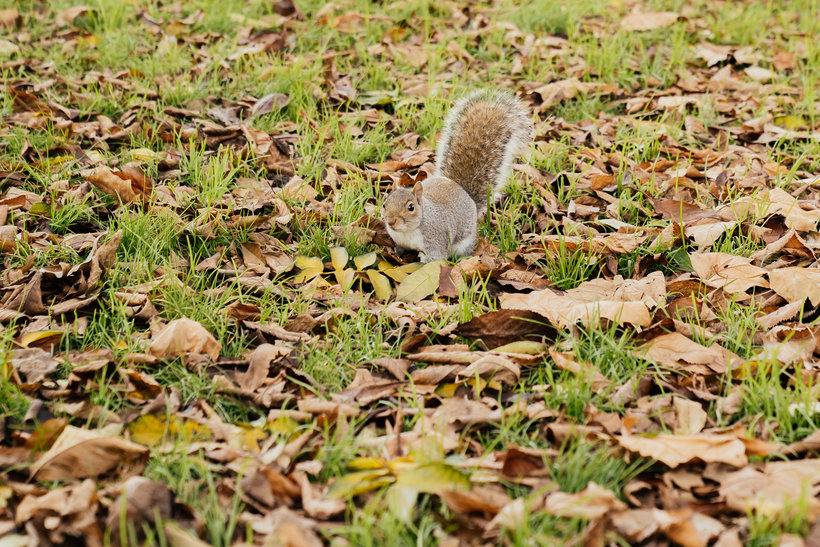
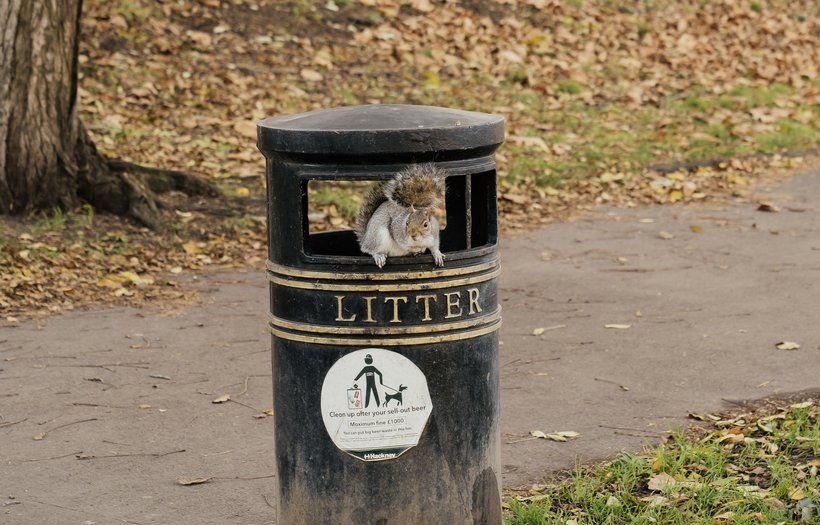

- Next, sketch out your chosen flower. Start by positioning it at the centre of the page, then draw the flower buds. By sketching these first, you can make sure that the positioning is balanced and the page is filled evenly. Make sure not to press too firmly with the pencil so that the marks can still be removed later.
- When you are happy with the general layout and details, use a fineliner to create an almost graphite effect. With the pen, create a gentle outline of the flower and then slowly added delicate details. Start with the petals, then the leaves, and finally the stems. Allow the ink to dry before erasing the pencil and moving to the next stage.
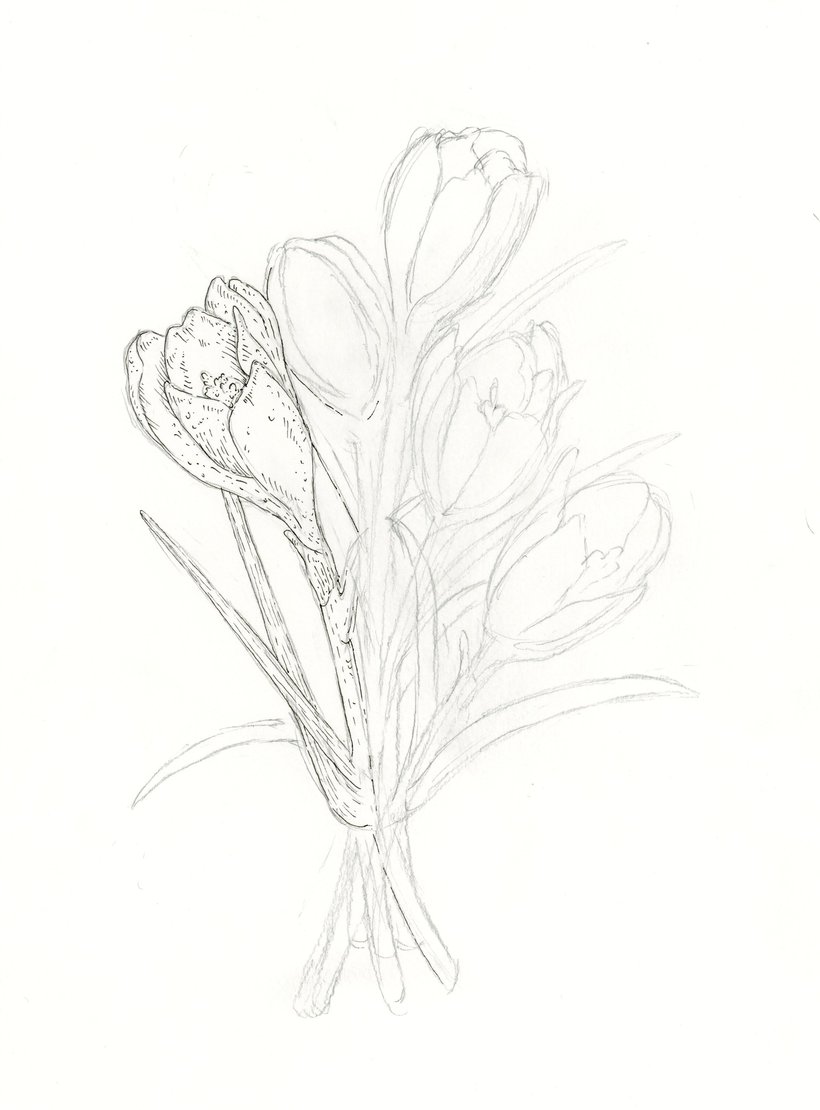
- Now it's time to add the initial base layers of watercolour. These few layers are key to bringing extra depth to the final painting. Remember to leave areas of the paper exposed to apply your highlights at the end. Though easy to forget, this step is very important to remember.
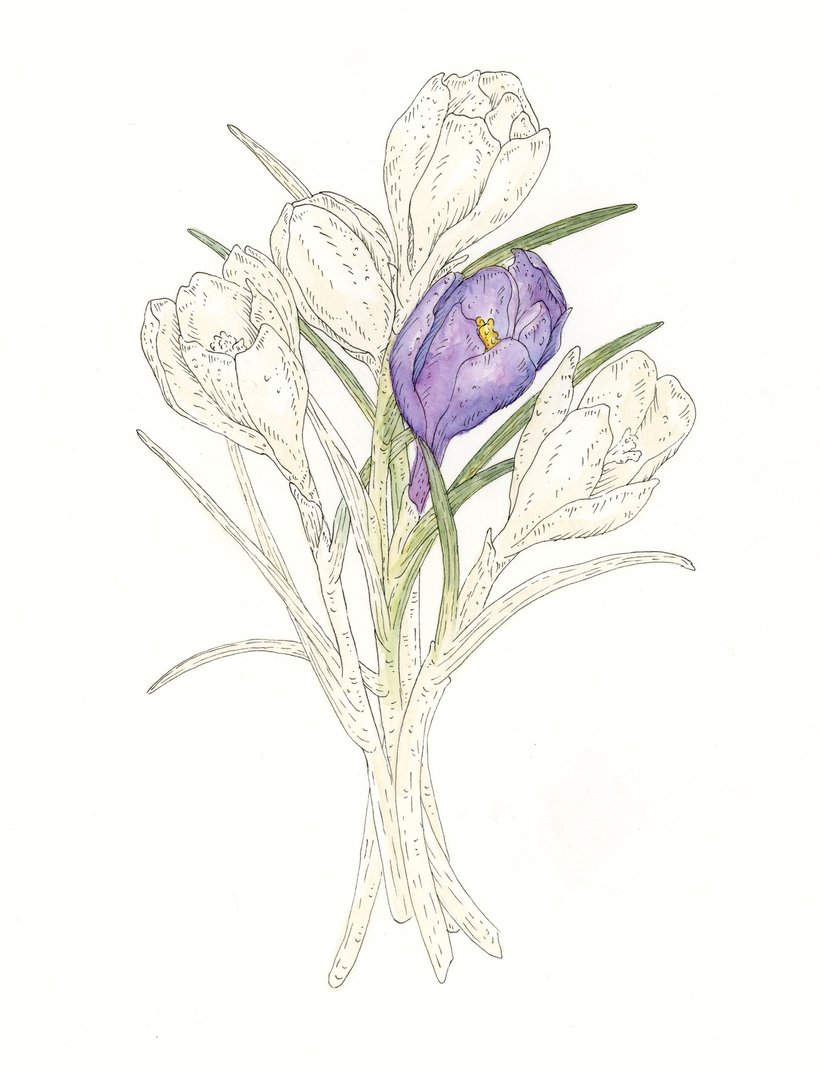
- Once the base washes are dry, add some colour! Build the layers up gradually, increasing the opaqueness with each layer. Apply the different techniques you have learnt, such as "pulling colour" to add shadows and an element of 3D. To complete the painting, you can use the wet-on-dry technique to add bold details. Because the layer beneath is completely dry, these details will be clear and crisp without bleeding into the previous layer.
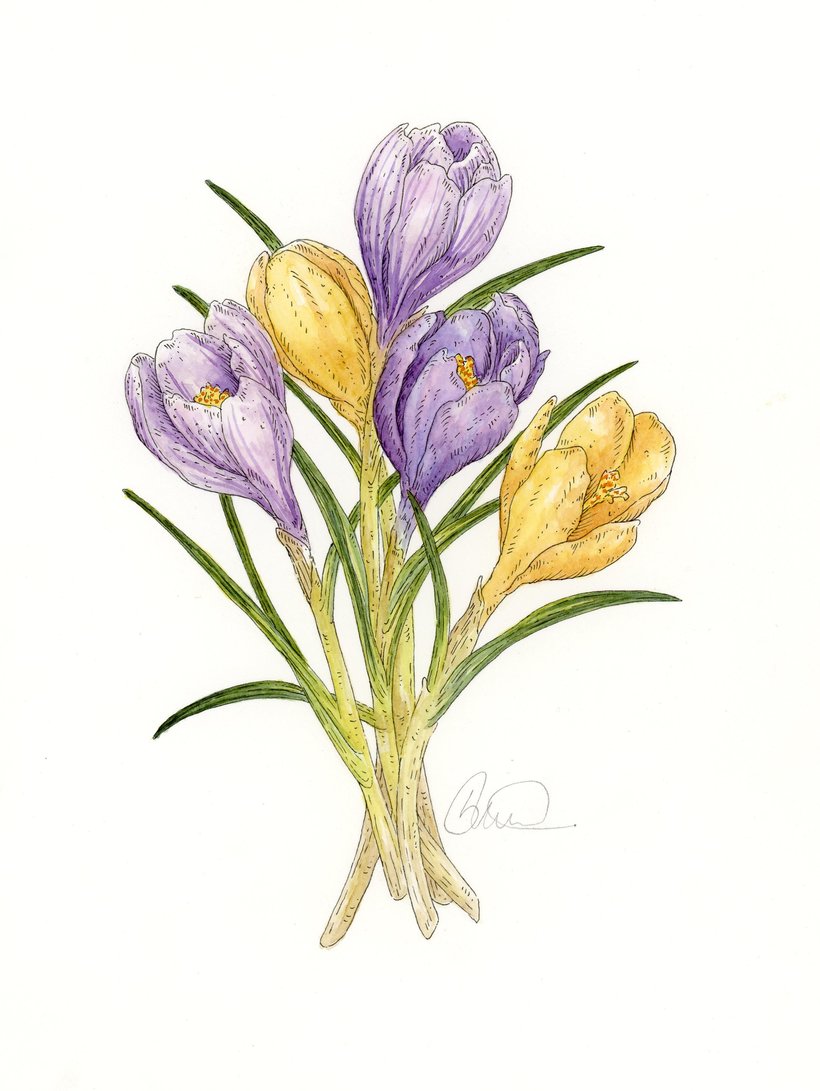
Partial transcription of the video
“ Final Project Congratulations on reaching the end of this Exploring the Natural World with Watercolours and Pen course. You've been great and should be happy with all that you've achieved. I'm glad that you chose to join me on this journey and learn about what I love to do. We began the course by covering the materials you need for the lessons. Then, we did some exercises together where we sketched shapes, used fineliners, and got comfortable using a brush and water. One tip would be to be careful when washing the brushes to make sure you don't damage any of the fine hairs. Then, you saw ...”
This transcript is automatically generated, so it may contain mistakes.
Course summary for: Illustrating Nature with Watercolor and Pen
-
Category
Illustration -
Areas
Botanical Illustration, Drawing, Fine Arts, Painting, Traditional illustration, Watercolor Painting

Katie Putt
A course by Katie Putt
Katie is a self-taught watercolor artist and illustrator. Her love for watercolor began as a hobby, and she would take her art supplies on her travels. She soon found that her illustrations were more special to her than photographs, as they felt more like original postcards of an important moment in her life.
Her hobby began to blossom as she started painting more, working on commissions, and eventually editorial pieces for magazines and books. She went on to start her own business creating products with her illustrations, which led her to win the New Designer to Watch in 2019 and 2020. Alongside her business and commissions, she also teaches watercolor workshops.
- 98% positive reviews (59)
- 2,311 students
- 16 lessons (3h 2m)
- 19 additional resources (2 files)
- Online and at your own pace
- Available on the app
- Audio: English
- English · Spanish · Portuguese · German · French · Italian · Polish · Dutch
- Level: Beginner
- Unlimited access forever





